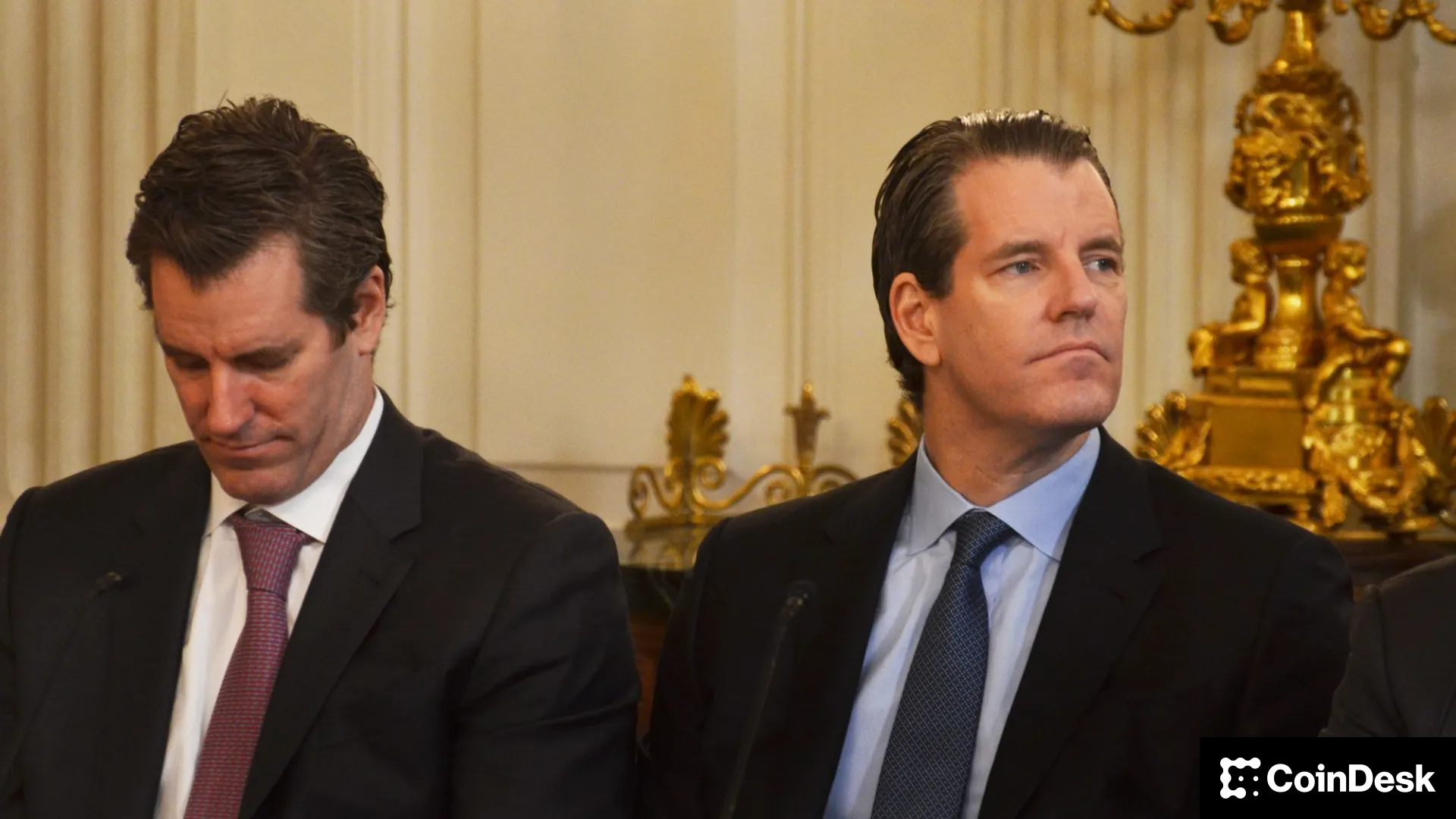Uncategorized
America’s Dollar Dominance Depends on GENIUS

We are closer than ever to cementing America’s global leadership in digital asset innovation. Next week, the Senate will hold its final vote on the Guiding and Establishing National Innovation for U.S. Stablecoins Act – the GENIUS Act – bringing this landmark stablecoin legislation one step closer to becoming law. Following Senate passage, the bill will advance to the House for consideration. This marks a significant step forward – not just for the crypto industry, but for American consumers, investors, and the global strength of the U.S. dollar.
The numbers tell the story. Today, more than $190 billion in dollar-backed stablecoins are in circulation worldwide, doubling annually. Stablecoins aren’t speculative crypto assets – they are digital dollars that enable instant, low-cost transactions anywhere in the world. In regions facing currency devaluation or authoritarian financial controls, stablecoins provide access to the economic stability of the U.S. dollar. Not only is this pro-innovation – it’s pro-democracy.
The GENIUS Act provides the clarity the industry urgently needs. By establishing sensible guidelines, it ensures stablecoins maintain stable value through high-quality liquid reserves, regular audits, and clear redemption rights. These aren’t excessive burdens – they’re reasonable protections already practiced by responsible issuers.
Most importantly, what the GENIUS Act provides is certainty, allowing responsible innovation to flourish while preventing bad actors from undermining the system.
Passing GENIUS can’t wait. As other nations develop central bank digital currencies and alternative payment systems designed to circumvent dollar dominance, the United States faces a choice: embrace the innovation that’s already spreading dollars globally, or cede this ground to other countries. The legislation provides the framework we need – strong reserve requirements, transparency rules, and consumer protections – without stifling the innovation that makes stablecoins so powerful.
Progress on stablecoin legislation has been bipartisan, reflecting a growing recognition across the political spectrum that this technology serves American interests. Republicans see free-market innovation and reduced government intervention. Democrats value the financial inclusion and consumer protection aspects. Both parties understand that maintaining dollar supremacy isn’t partisan – it’s patriotic.
Globally, stablecoins are already making a profound difference. In Argentina, where inflation has exceeded 100%, residents use dollar stablecoins to preserve their savings. In Ukraine, humanitarian organizations have used them to deliver aid instantly when traditional banking channels failed. Across Africa and Southeast Asia, entrepreneurs have access to dollar liquidity and can build businesses that connect to the global economy. Each transaction strengthens the dollar’s role as the world’s reserve currency.
The technology community knows what’s on the line. That’s why companies of all sizes – from traditional financial institutions to Silicon Valley startups – want clarity around stablecoins. They’re not asking for light-touch regulation or special treatment; they’re asking for clear rules that allow them to build in America, serve American interests, and extend American financial leadership globally.
Meanwhile, every month that goes by, more stablecoin activity moves offshore, more innovation happens outside our borders, and more ground is ceded to competitors. The European Union has already implemented stablecoin guidelines. Singapore, the UAE, and others are rolling out frameworks to attract this activity.
Dollar-backed stablecoins don’t compete with the Federal Reserve; they extend its reach. They don’t undermine American banking; they create new customers for it. They don’t weaken financial oversight; they make it more effective through programmable compliance and real-time transparency. Stablecoins are foundational infrastructure, not ideology.
Passing the GENIUS Act requires no vast expenditures or bureaucratic complexity. It simply offers clear rules for American innovation to thrive, safeguards consumers, and fortifies the dollar’s global influence.
The message to Congress is clear: Don’t let this moment pass. The world won’t pause while America deliberates. With the GENIUS Act, we can ensure that the future of global finance remains dollar-denominated, governed by American values, and powered by our unmatched American ingenuity.
Business
Crypto Trading Firm Keyrock Buys Luxembourg’s Turing Capital in Asset Management Push

Crypto trading firm Keyrock said it’s expanding into asset and wealth management by acquiring Turing Capital, a Luxembourg-registered alternative investment fund manager.
The deal, announced on Tuesday, marks the launch of Keyrock’s Asset and Wealth Management division, a new business unit dedicated to institutional clients and private investors.
Keyrock, founded in Brussels, Belgium and best known for its work in market making, options and OTC trading, said it will fold Turing Capital’s investment strategies and Luxembourg fund management structure into its wider platform. The division will be led by Turing Capital co-founder Jorge Schnura, who joins Keyrock’s executive committee as president of the unit.
The company said the expansion will allow it to provide services across the full lifecycle of digital assets, from liquidity provision to long-term investment strategies. «In the near future, all assets will live onchain,» Schnura said, noting that the merger positions the group to capture opportunities as traditional financial products migrate to blockchain rails.
Keyrock has also applied for regulatory approval under the EU’s crypto framework MiCA through a filing with Liechtenstein’s financial regulator. If approved, the firm plans to offer portfolio management and advisory services, aiming to compete directly with traditional asset managers as well as crypto-native players.
«Today’s launch sets the stage for our longer-term ambition: bringing asset management on-chain in a way that truly meets institutional standards,» Keyrock CSO Juan David Mendieta said in a statement.
Read more: Stablecoin Payments Projected to Top $1T Annually by 2030, Market Maker Keyrock Says
Business
Crypto Trading Firm Keyrock Buys Luxembourg’s Turing Capital in Asset Management Push

Crypto trading firm Keyrock said it’s expanding into asset and wealth management by acquiring Turing Capital, a Luxembourg-registered alternative investment fund manager.
The deal, announced on Tuesday, marks the launch of Keyrock’s Asset and Wealth Management division, a new business unit dedicated to institutional clients and private investors.
Keyrock, founded in Brussels, Belgium and best known for its work in market making, options and OTC trading, said it will fold Turing Capital’s investment strategies and Luxembourg fund management structure into its wider platform. The division will be led by Turing Capital co-founder Jorge Schnura, who joins Keyrock’s executive committee as president of the unit.
The company said the expansion will allow it to provide services across the full lifecycle of digital assets, from liquidity provision to long-term investment strategies. «In the near future, all assets will live onchain,» Schnura said, noting that the merger positions the group to capture opportunities as traditional financial products migrate to blockchain rails.
Keyrock has also applied for regulatory approval under the EU’s crypto framework MiCA through a filing with Liechtenstein’s financial regulator. If approved, the firm plans to offer portfolio management and advisory services, aiming to compete directly with traditional asset managers as well as crypto-native players.
«Today’s launch sets the stage for our longer-term ambition: bringing asset management on-chain in a way that truly meets institutional standards,» Keyrock CSO Juan David Mendieta said in a statement.
Read more: Stablecoin Payments Projected to Top $1T Annually by 2030, Market Maker Keyrock Says
Business
Gemini Shares Slide 6%, Extending Post-IPO Slump to 24%

Gemini Space Station (GEMI), the crypto exchange founded by Cameron and Tyler Winklevoss, has seen its shares tumble by more than 20% since listing on the Nasdaq last Friday.
The stock is down around 6% on Tuesday, trading at $30.42, and has dropped nearly 24% over the past week. The sharp decline follows an initial surge after the company raised $425 million in its IPO, pricing shares at $28 and valuing the firm at $3.3 billion before trading began.
On its first day, GEMI spiked to $45.89 before closing at $32 — a 14% premium to its offer price. But since hitting that high, shares have plunged more than 34%, erasing most of the early enthusiasm from public market investors.
The broader crypto equity market has remained more stable. Coinbase (COIN), the largest U.S. crypto exchange, is flat over the past week. Robinhood (HOOD), which derives part of its revenue from crypto, is down 3%. Token issuer Circle (CRCL), on the other hand, is up 13% over the same period.
Part of the pressure on Gemini’s stock may stem from its financials. The company posted a $283 million net loss in the first half of 2025, following a $159 million loss in all of 2024. Despite raising fresh capital, the numbers suggest the business is still far from turning a profit.
Compass Point analyst Ed Engel noted that GEMI is currently trading at 26 times its annualized first-half revenue. That multiple — often used to gauge whether a stock is expensive — means investors are paying 26 dollars for every dollar the company is expected to generate in sales this year. For a loss-making company in a volatile sector, that’s a steep price, and could be fueling investor skepticism.
-

 Business11 месяцев ago
Business11 месяцев ago3 Ways to make your business presentation more relatable
-

 Fashion11 месяцев ago
Fashion11 месяцев agoAccording to Dior Couture, this taboo fashion accessory is back
-

 Entertainment11 месяцев ago
Entertainment11 месяцев ago10 Artists who retired from music and made a comeback
-

 Entertainment11 месяцев ago
Entertainment11 месяцев ago\’Better Call Saul\’ has been renewed for a fourth season
-

 Entertainment11 месяцев ago
Entertainment11 месяцев agoNew Season 8 Walking Dead trailer flashes forward in time
-

 Business11 месяцев ago
Business11 месяцев ago15 Habits that could be hurting your business relationships
-

 Entertainment11 месяцев ago
Entertainment11 месяцев agoMeet Superman\’s grandfather in new trailer for Krypton
-

 Entertainment11 месяцев ago
Entertainment11 месяцев agoDisney\’s live-action Aladdin finally finds its stars




